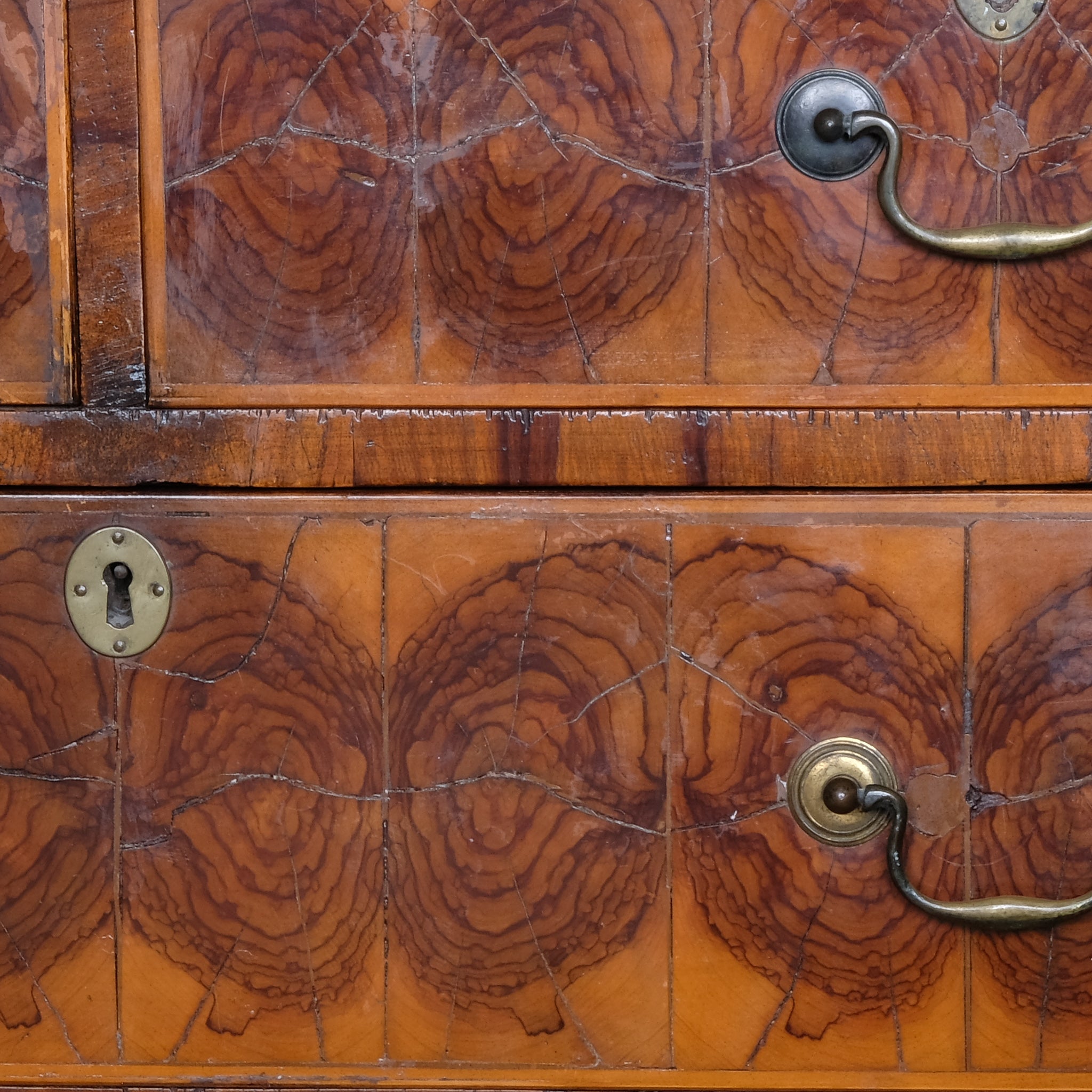Article: What a waste

What a waste

The Royal Society of Arts recently produced a report on sustainable furniture in collaboration with SUEZ Recycling and Recovery. In it, SUEZ estimated that they annually receive around 800,000 tonnes of furniture into their community recycling centres. Of this, 32% could be reused in its current state, with the figure rising to 51% when including items in need of slight repair. SUEZ themselves have the capability to recover only 15%.
So if c. 50%, or 0.8 million tonnes, of the furniture we throw away each year is perfectly reusable, why aren’t we reusing it?
An (in)convenient truth
The average piece of furniture generates approximately 47kg of carbon dioxide equivalents – roughly the same as that produced by burning 5.3 gallons of petrol. Therefore, not only does recycling materials save them from landfill, but recovers the energy expended in making them in the first place. And all this before we even consider the impact of the supply chains involved.
And it’s not just our planet which is negatively affected by fast furniture, our people are too. The practices associated with producing the volumes required to meet our ever increasing demand for a new look at home are uncomfortably linked to ethical issues: principally the transfer of domestic manufacturing overseas where companies can pay lower wages and often accept poorer working conditions.
Has this convenience silently crept up and trumped the integrity with which we pride ourselves when it comes to food, clothes or travel?
In with the old
Upcycling, restoring, simply just keeping on using – whatever you want to call it – has two major benefits. Firstly it reduces the demand for newly manufactured furniture and secondly, it reduces the waste.
Furniture crafted to a high standard from good materials can be revitalised and adapted for contemporary use time and time again, regardless of when it was first made. One of the joys of second-hand furniture is that every bang and scrape it has endured amasses to create a unique piece, with shape and form and character evident from every angle. A second joy is that it can be used as intended, it can soak up the bumps and bashes from everyday life and can eventually be repaired.
There will always be a need for good quality, new furniture that is well-considered, sustainably sourced and built with care. Such furniture, by dint of its provenance and design quality, will (almost) always sit very comfortably alongside older furniture which has been well looked after or restored.



